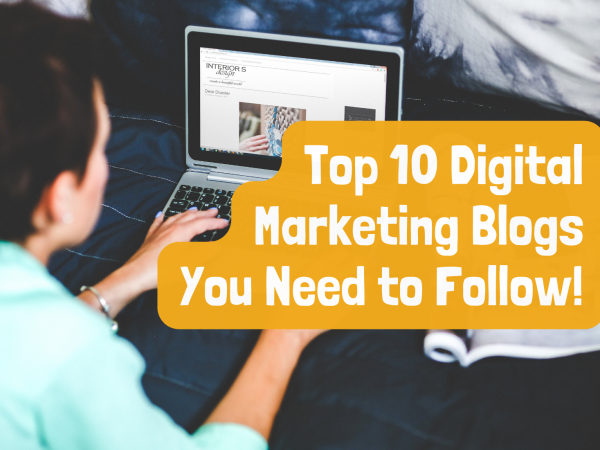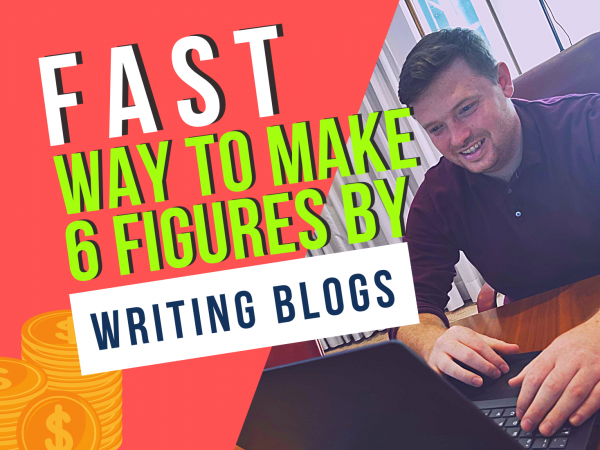Introduction
In recent years, amateur blogging has gained popularity as a tool to compete with big companies that can afford to pay bloggers. With all the tools a start-up amateur blogger or solopreneur has at their disposal now, you can compete, making it more exciting. In this detailed guide, we’ll talk about the benefits of blogging and go over the steps you need to take to get started.
- Introduction
- Benefits of amateur blogging:
- Overview of the guide:
- Finding a Niche
- Setting Up Your Blog
- Choosing a Blogging Platform
- Selecting a Domain Name and Hosting
- Customizing Your Blog’s Design
- Crafting Your Content
- Planning Your Content Strategy
- Writing Effective Headlines
- Tips for Writing Engaging Blog Posts
- Adding Visuals to Your Posts
- Promoting Your Blog
- Building Your Social Media Presence
- Utilizing SEO Tactics
- Engaging with Your Audience
- Monetizing Your Blog
- Conclusion:
Benefits of amateur blogging:
- Allows individuals to express their thoughts, opinions, and ideas on various topics.
- Provides a platform for individuals to connect and engage with like-minded people.
Overview of the guide:
This guide is meant to give beginner bloggers a step-by-step plan for making their own blog. It gives bloggers advice on how to make good content, design their websites, and interact with their audiences.
Finding a Niche
When starting a blog, one of the most important steps is finding your niche. A “niche” is a specific topic or subject that your blog will focus on. For example, the Passive Buddies blog is in the make-money-online space.
It’s important to pick a niche that fits your interests, skills, and values. This will make it easier for you to create good content and connect with your audience. Passion vs. demand comes into play here.
The niche you choose can make or break your blog’s success. It’s important to select a niche that has a large enough audience and that you’re passionate about. Popular niches include travel, food, lifestyle, fashion, personal finance, and health and wellness.
To choose the right niche for your blog, start by brainstorming topics that interest you and that you have knowledge or experience in. Then, research the potential audience size and competition for each topic. Finally, select a niche that has a large enough audience but isn’t too competitive and that you’re passionate about.
Setting Up Your Blog

Once you have your niche and content strategy in mind, it’s time to set up your blog. This step can be daunting for beginners, but don’t worry—it’s easier than you think! – To be honest, WordPress is a dream:) so much easier and produces better SEO results than others.
Choosing a Blogging Platform
The first thing you’ll need to do is choose a blogging platform. There are many options out there, but some of the most popular include WordPress, Wix, and Squarespace. You can see which is the best platform in this blog post, “Best Blogging Platforms.” Each platform has its pros and cons, so it’s important to do your research and choose the one that best fits your needs.
Selecting a Domain Name and Hosting
Next, you’ll need to select a domain name and hosting for your blog. Your domain name is the web address where your blog will be located (e.g., www.yourblogname.com), while hosting is the service that allows your blog to be accessible on the internet. It’s best to use your name when creating a personal brand, or if you want to create a business brand, you can look at that. Here are our best website hosting options for small businesses. There are many domain names and hosting providers out there, so make sure to compare prices and features before making a decision.
Customizing Your Blog’s Design
Once you have your blogging platform, domain name, and hosting set up, it’s time to customize your blog’s design. This is where you can make your blog stand out and reflect your style. Most blogging platforms offer a variety of pre-made templates and themes to choose from, or you can hire a designer to create a custom look for your blog. If you are going down the designer route, I would look at Fiver as a place to source affordable web designers.
Crafting Your Content
Now that your blog is set up, it’s time to start crafting your content. This is where the real work begins! Here are some tips for creating engaging blog posts that will keep your audience coming back for more and the research needed to make sure you are creating the right blogs at the right time.
Planning Your Content Strategy
Before you start writing, it’s important to have a content strategy in place. This means planning out what types of posts you’ll be creating, how often you’ll be publishing them, and how they’ll fit into your overall niche and brand.
Now this is where SEO keyword research comes into play, and you need to be going after the low-competition, low-keyword-difficulty keywords. You can find all that information by using Ahrefs, which is an awesome SEO tool and great for keyword research.
Writing Effective Headlines
Your headline is the first thing your audience will see, so it’s important to make it compelling and attention-grabbing. Use action words and power words to create a sense of urgency and excitement, and don’t forget the keyword you want to rank for.
Tips for Writing Engaging Blog Posts
When it comes to writing engaging blog posts, there are a few key things to keep in mind. First, make sure your writing is clear and concise. Use short paragraphs, bullet points, and subheadings to break up long blocks of text.
Second, make your posts relatable by sharing personal anecdotes and stories. Finally, use visuals like images and videos to enhance your posts and make them more engaging. You also want to be using AI software to help you generate your content a lot quicker. Check out this youtube video on the latest killer A.i content writer Chat Gpt

Adding Visuals to Your Posts
Speaking of visuals, adding images and videos to your posts is a great way to make them more engaging and shareable. “A picture is worth a thousand words,” right? So based on that, can this blog be 200 words and we call it even?
Use high-quality images that relate to your topic, and create videos that are informative and entertaining.
Promoting Your Blog
Creating great content is just the first step; you also need to promote your blog if you want to grow your audience. Here are some tips for getting your blog out there:
Building Your Social Media Presence
Social media is a great way to promote your blog and connect with your audience. Make sure to create profiles on all the major platforms (Facebook, Twitter, Instagram, etc.) and share your posts regularly to keep your followers engaged.
It’s not enough just to share your blog posts with your audience; they have to be engaging and worth following.
Pushing people to just a blog link won’t gain traction fast.
Networking with Other Bloggers
Networking with other bloggers in your niche is a great way to grow your audience and get your blog noticed.
Reach out to other bloggers and offer to guest post on their blogs or collaborate on a project together.
This is called backlinking. The more backlinks you can gain, the better for your domain authority.
Utilizing SEO Tactics
Search engine optimization (SEO) is the process of optimizing your blog for search engines like Google. By using keywords and optimizing your content for search engines as we discussed earlier,earlier using a tool like Ahrefs will easily help you identify what keywords to go after and go upow to go against top-ranking blogs and compete for traffic 🙂
Engaging with Your Audience
Engaging with your audience is crucial for building a loyal following. Responding to comments, encouraging feedback, and building a community are all essential steps in engaging with your audience.
This section will provide tips on how to build a loyal following and engage with your audience effectively.
Engaging with your audience is not just about responding to comments but also creating content that resonates with them.
Building a loyal following requires that you understand your audience’s interests and tailor your content to their needs.
Creating a communication loop is crucial. Taking them from blogs to an email list or blog to a Facebook group etc so you can nurture them further.
Monetizing Your Blog
Monetizing your blog is an excellent way to turn your passion for blogging into a source of income.
This section will explore the various options for monetizing your blog, provide tips for successful monetization, and guide you on how to maintain authenticity while making money.
There is various ways you can monetize your blog.
1) Affiliate commissions – Within your blog you can have relevant affiliate links that when people click on & buy then you get a commission
2) Sponsorships – if other brands or products can see your getting a lot of traffic to your site then they will pay you to put there product top each month.
3) Brand deals – companies today have a marketing budget for influencer marketing this can drive a lot of traffic to their websites and they will pay you to help with that.
4) Google Ads revenue – when you get enough traffic to your site you can apply to the google ads revenue platform. Who will place google ads on your website and you can get paid for views and clicks.
5) Courses – You can create and sell your own courses based on your knowledge & niche and sell them on your blogs.
Conclusion:
In conclusion, amateur blogging is an exciting and rewarding way to share your passion with the world. By doing what this guide says, you can get started on your way to being a successful amateur blogger. So, what are you waiting for? Get started today!
If you want to learn how to go from amateur blogger to expert and start making online passive income today then come and join our cashflow challenge.








